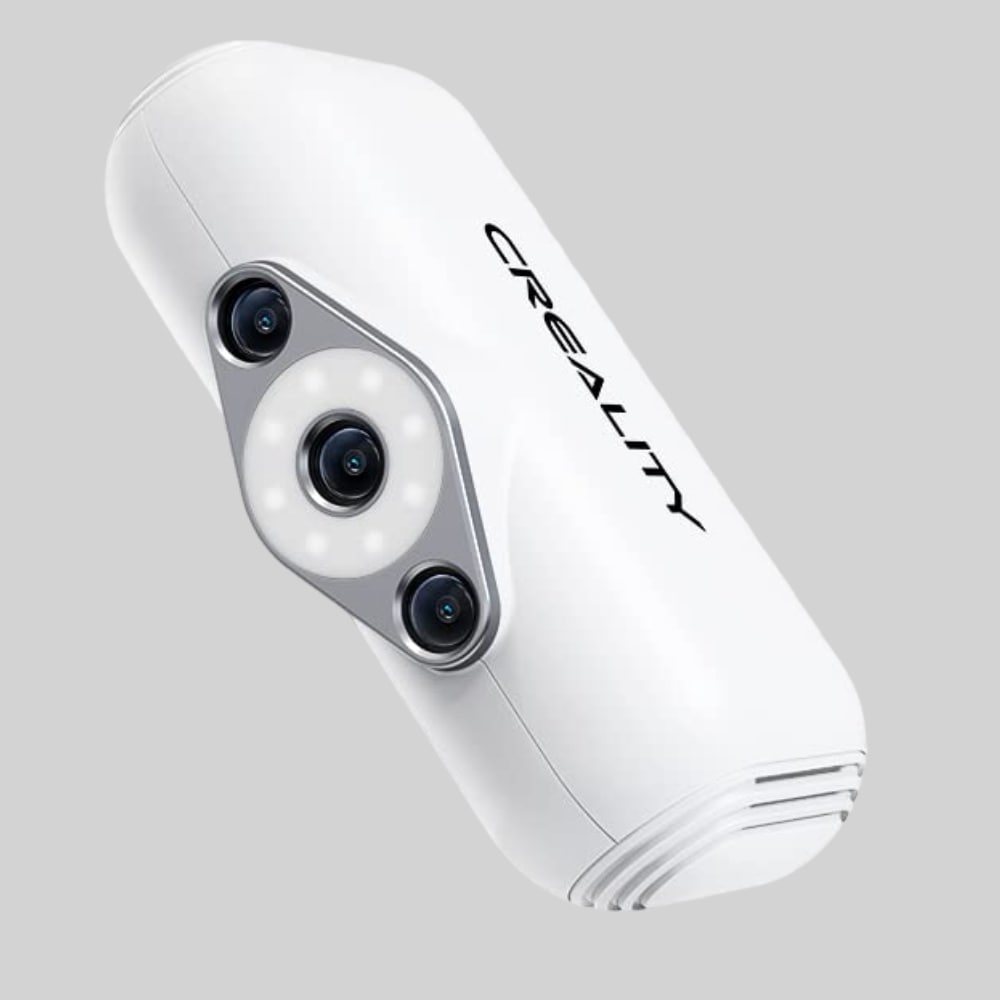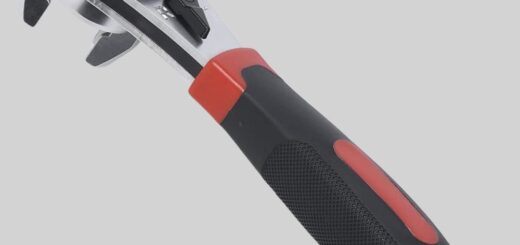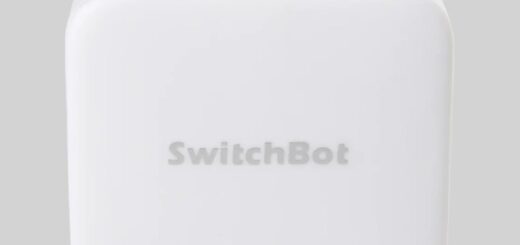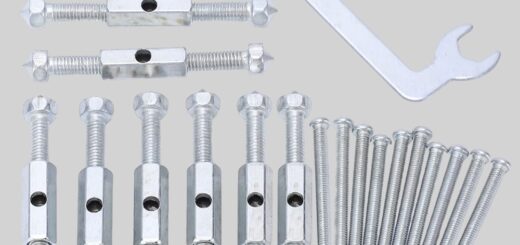Creality 3d Scanner

Introduction
Creality 3d Scanner: – The creality 3D scanner uses structured light scanning innovation, implying that it projects light onto a 3D object according to alternate points of view. This light is deformed by the present 3D object, and a camera on the scanner sees the excess light beams to make a computerized copy of the product.
The Creality 3D scanner likewise makes savvy changes in view of light levels, making it appropriate for low-light conditions. These are excellent features for the asking cost and adequate for most specialist scanning needs, albeit fairly lacking for high-precision scanning.
What is Creality 3D Scanning?
Creality 3D scanning is an innovation for creating high-precision 3D models of real-world objects. A creality 3D scanner takes various snapshots of an object. The shots are then intertwined into a 3D model, an exact three-dimensional copy of the object, which you can rotate and view from various angles on your PC.
What does a Creality 3D Scanner do?
A creality 3D scanner generates 3D scans. A scanner works like a camcorder, meaning it makes efforts of an object. A camera, notwithstanding, makes two-dimensional stills, while the scanner captures the geometry of the object’s surface, and the shots it has made are worked into a 3D model instead of a video.
How Does a Creality 3D Scanner Work?
Creality 3D scanners work by creating a point cloud based on images taken of a solid surface or object essentially huge numbers of data points that signify where an object is to make a 3D model of the scanned part. Millions of individual data points make up the model, which you can then export as an STL, OBJ, or other file type and import to computer-aided design programming, or 3D print by viewing a slicer.
Features of Creality 3D Scanner
1. Accuracy
With any 3D scanner, accuracy is a significant element. As per Creality, the CR-scan keeps an accuracy of simply 0.1 mm, equivalent to the CR-T. The goal is a trademark-like precision and characterizes the base distance between two points on a scanned object. The creality 3D scanner has a scan resolution of 0.5 mm, which may not be enough for exceptionally itemized work, but is more than sufficient for simple captures.
2. Range
The range is one more significant part of the scanner and can be viewed as regarding two qualities: the operating distance and the single-frame coverage. The former defines the distance from which you can utilize the creality 3D scanner to check a product, while the single-frame scan area is the rectangular area that the device takes a photo of for each frame of the scan. The creality 3D scanner has a successful functional scanning range of 400-500 mm and a scanning area of 536 x 378 mm.
3. Usage Modes
Creality 3D scanners can be handheld, stationery, or a mix of both, with every utilization strategy offering various advantages. Creality 3D scanners make it easier to examine large models or parts that can’t be set onto a scanning platform for stationery scanners. The CR-scan device, in stock form, is a handheld device, but at the same time, there’s a discretionary stand and motor-accessories controlled turntable. These accessories permit you to convert the creality 3D scanner into a fixed scanner.
4. Speed
When applied to creality 3D scanners, speed alludes to the rate at which a machine captures or scans a 3D product. Consumers and most professional 3D scanners record speed in points each second or frames per second.
5. Upload Process
While in use, the 3D scanner needs to be tethered to a PC with CR Studio downloaded and opened, by means of the included USB 3.0 cable.
After you get done with scanning, you can process the design in CR Studio, which will eliminate noise in the scan images, improving the captures. When this is finished, you can download your scan as either an STL or OBJ 3D model.
6. Software and Connectivity
Connectivity refers to how a creality 3D scanner permits you to scan, export work, and interface with a PC or other device as well as the wellspring of force. Much of the time, USB is the standard, for certain anomalies offering Bluetooth.
Uses of Creality 3D Scanner
A) Dental
In the event that how they are utilized in dental, They are utilized for a bespoke implant and crown designs which is suited to explicit patients.
B) Medical
In the field of medicals they are utilized in custom muscular health, wheelchair and mobility aids, prosthetics, plastic medical procedure inserts, protective equipment, and realistic dummies for training.
C) Jewelry
Tailor-made designs, repairs, and simple duplication/replication of damaged family treasures with sentimental value.
D) Architecture
In architecture, they are utilized for building scanning for surveying, design, and reverse-engineered degraded exteriors for repair.
E) Hobbyist 3D Printing
Scanning real-world objects for reproduction utilizing a 3D printer. Miniatures, household items, toys, and other functional parts.
F) Forensics
Digital copies of crime locations to capture evidence, for example, shoe prints, blood stains, bullet holes, etc.
G) Virtual Reality and Game Design
Real-world product/landmark scanning for use in VR environments, and body scans to create realistic body and in-game models.
H) Reverse Engineering and Repairs
Automotive, aeronautics, maritime fixes, and restoration of antique or discontinued vehicles.
Are Creality 3D Scanner Worth It?
Creality 3D scanners are quite often worth the investment, however, to decide which is best for you, you’ll have to think about your financial plan, necessities, and needs. Watch out for scan resolution quality and accuracy, scan speed, and cost to find a 3D scanner that is worth the effort for you.
Conclusion
Creality 3D scanners are utilized in a scope of ventures, from manufacturing to medical care and VR. Retrofitting large equipment, performing quality control of mechanical parts, designing customized prosthetic gadgets, making special visualizations for films, and creating characters for computer games – all such activities have high-precision 3D models of physical objects at their core. Creality 3D scanners are generally utilized in industrial deign and assembling, because of their ability to quickly capture the necessary data.






























































